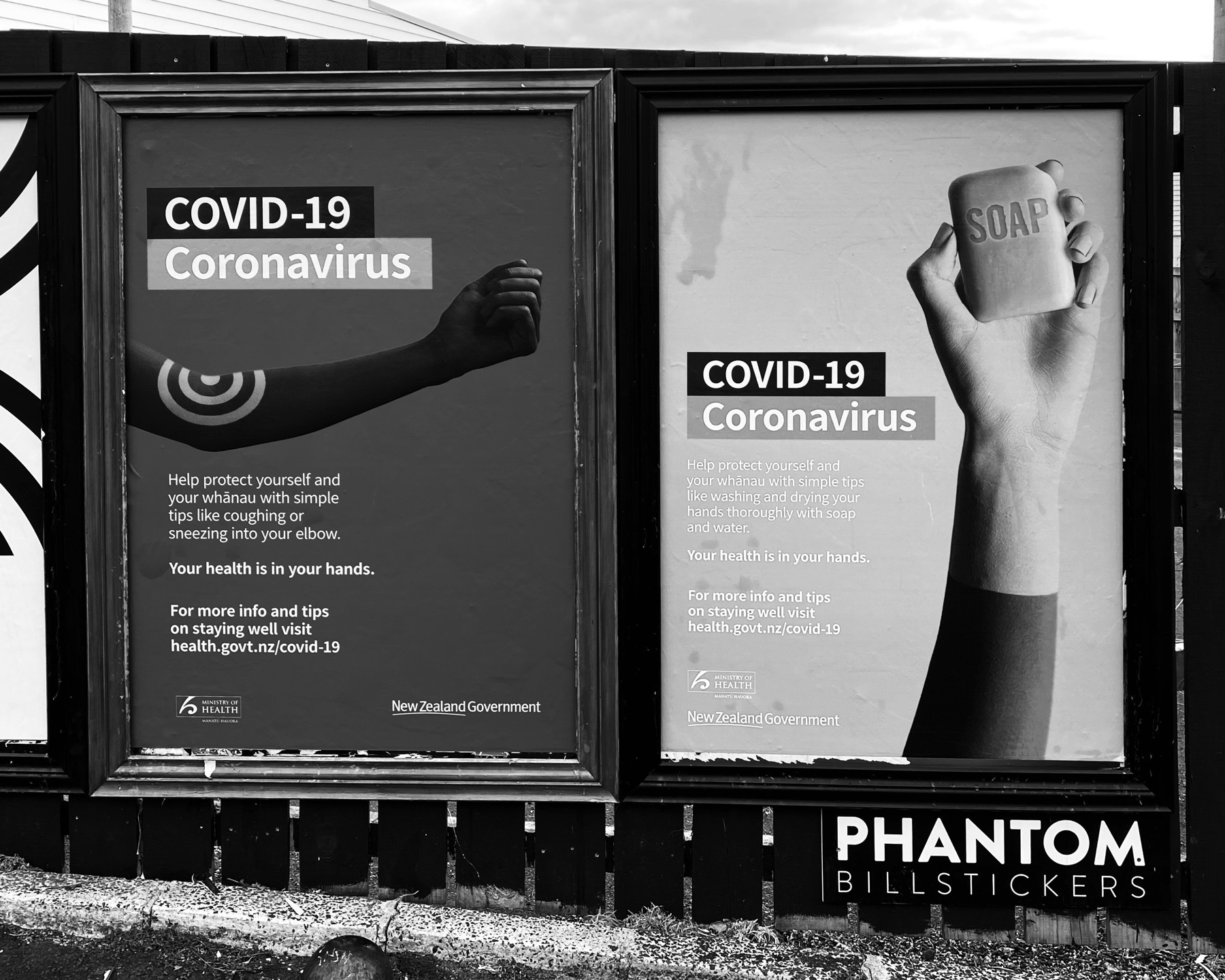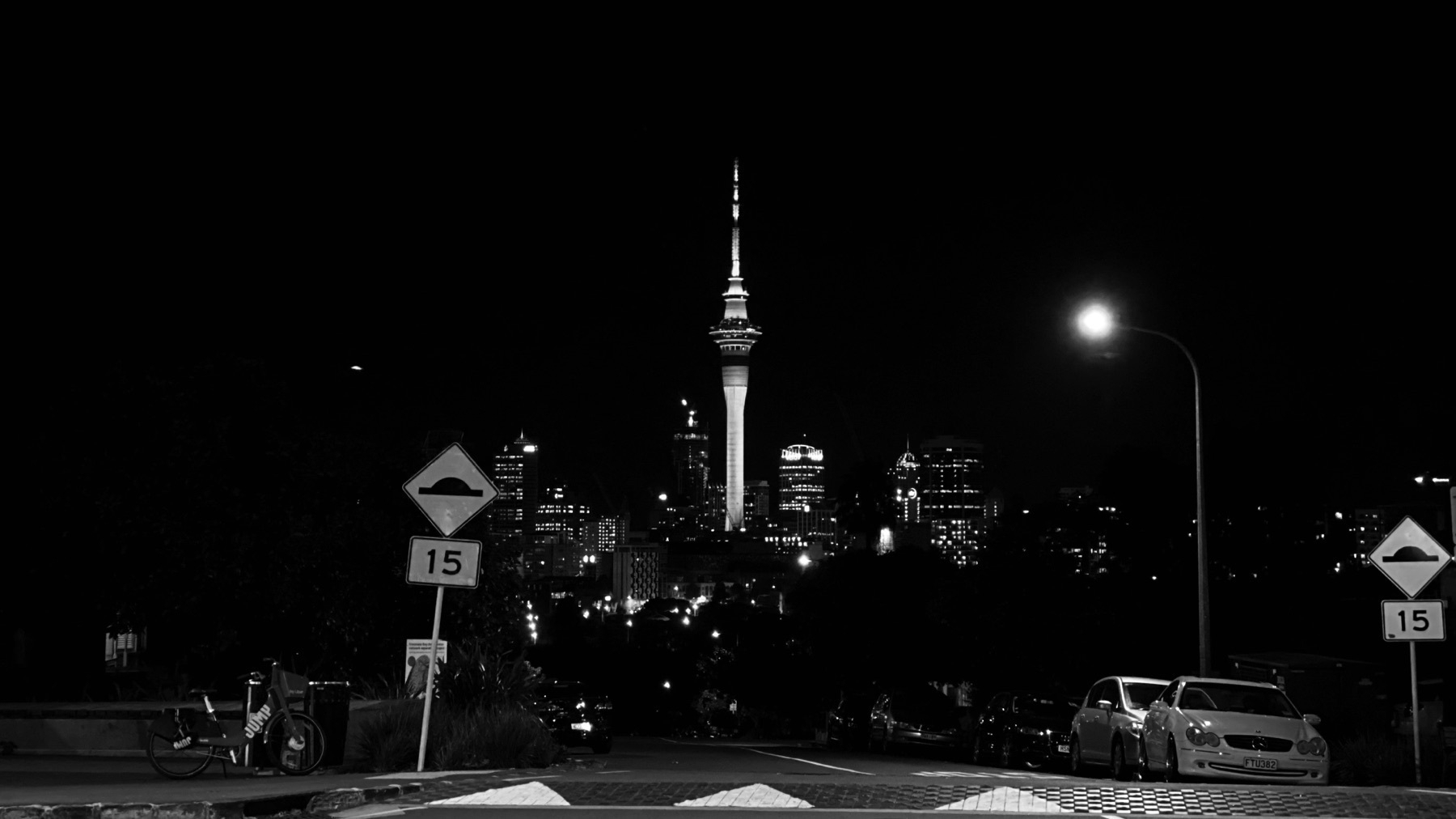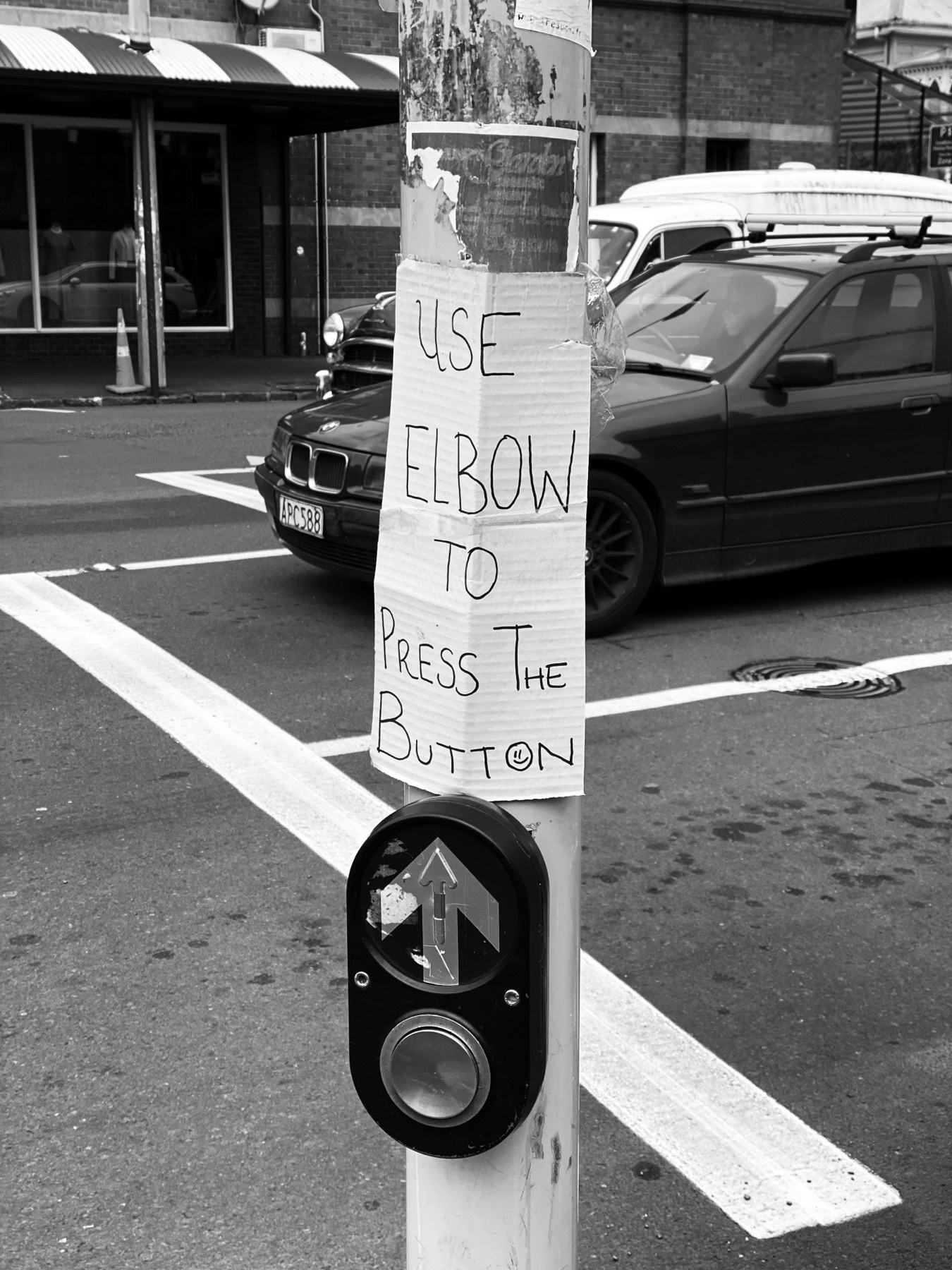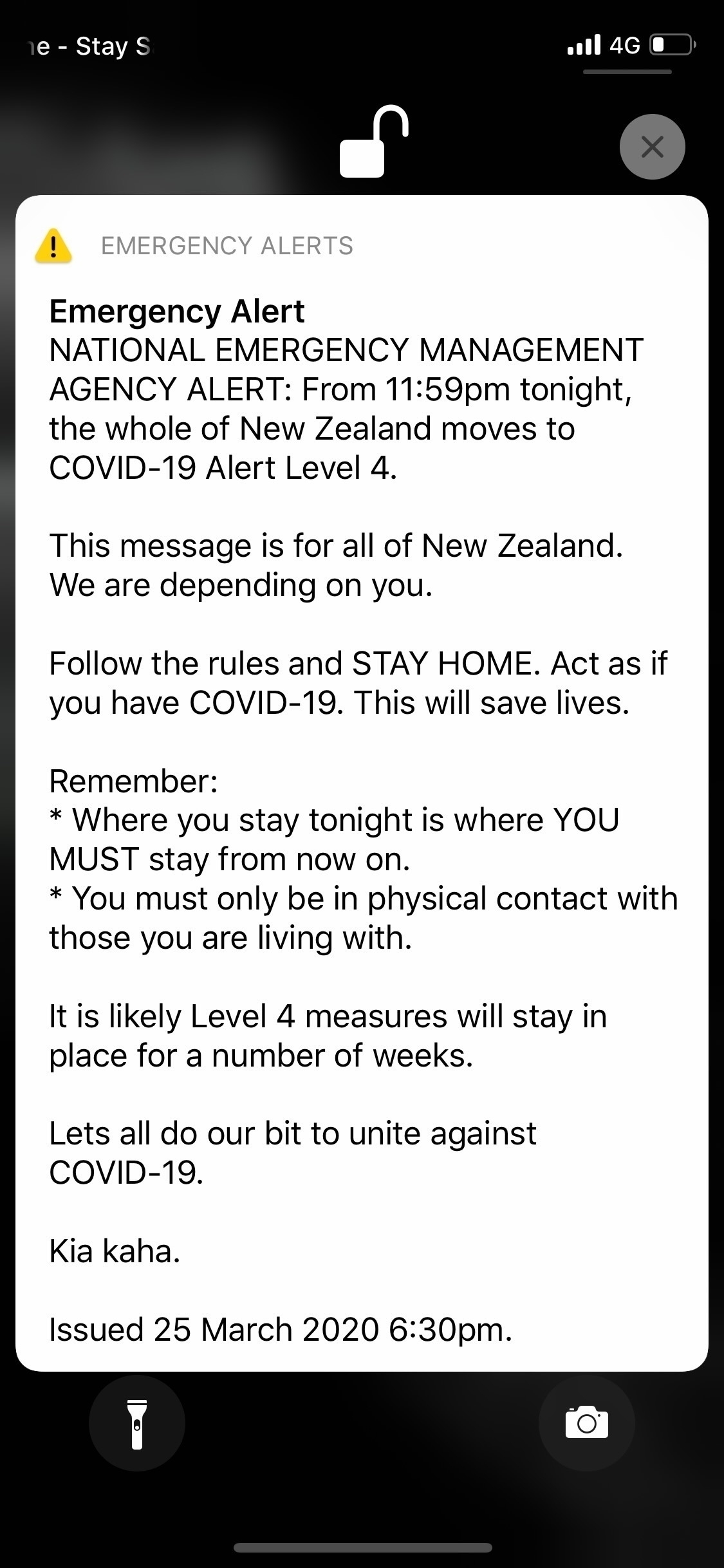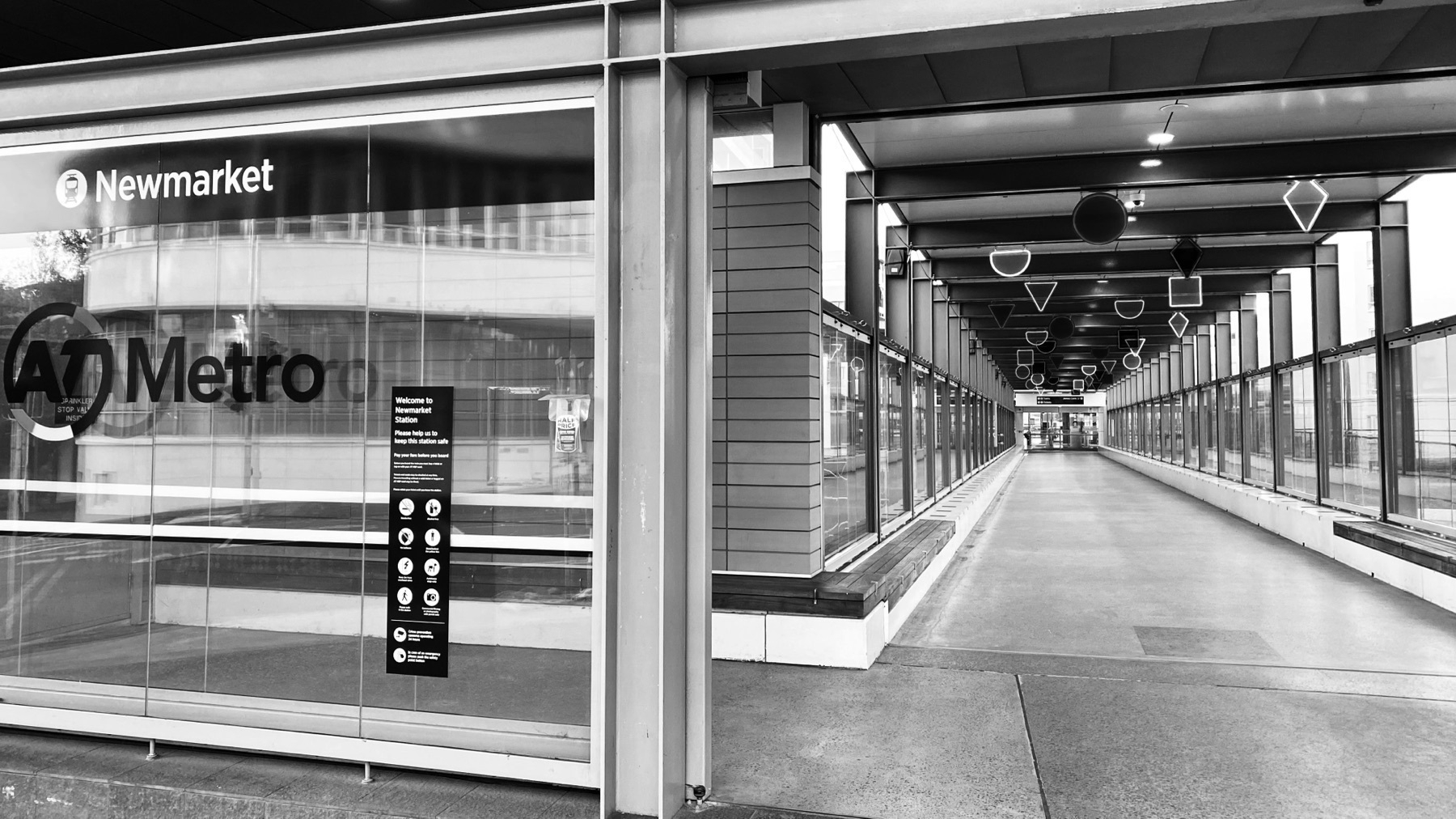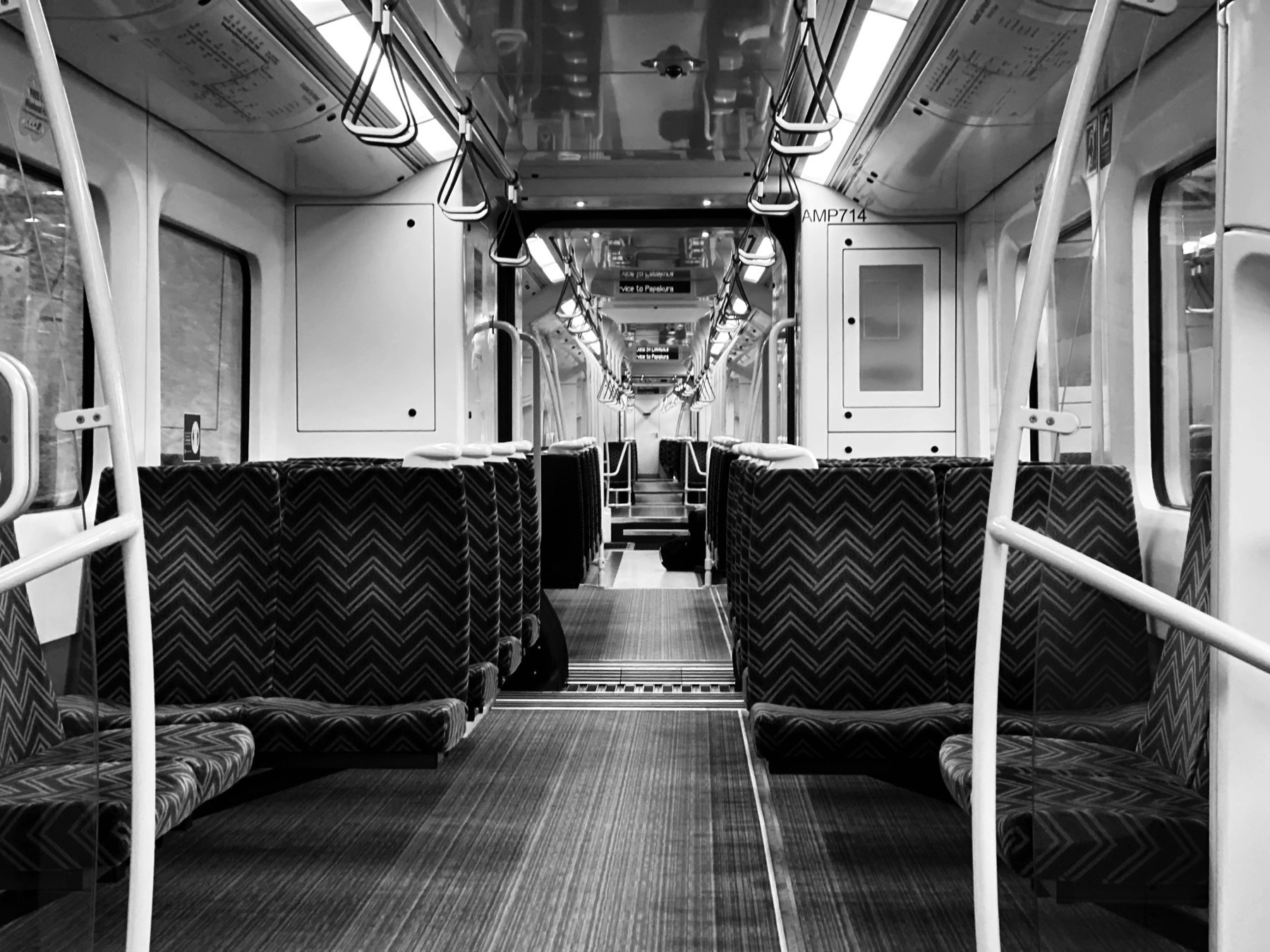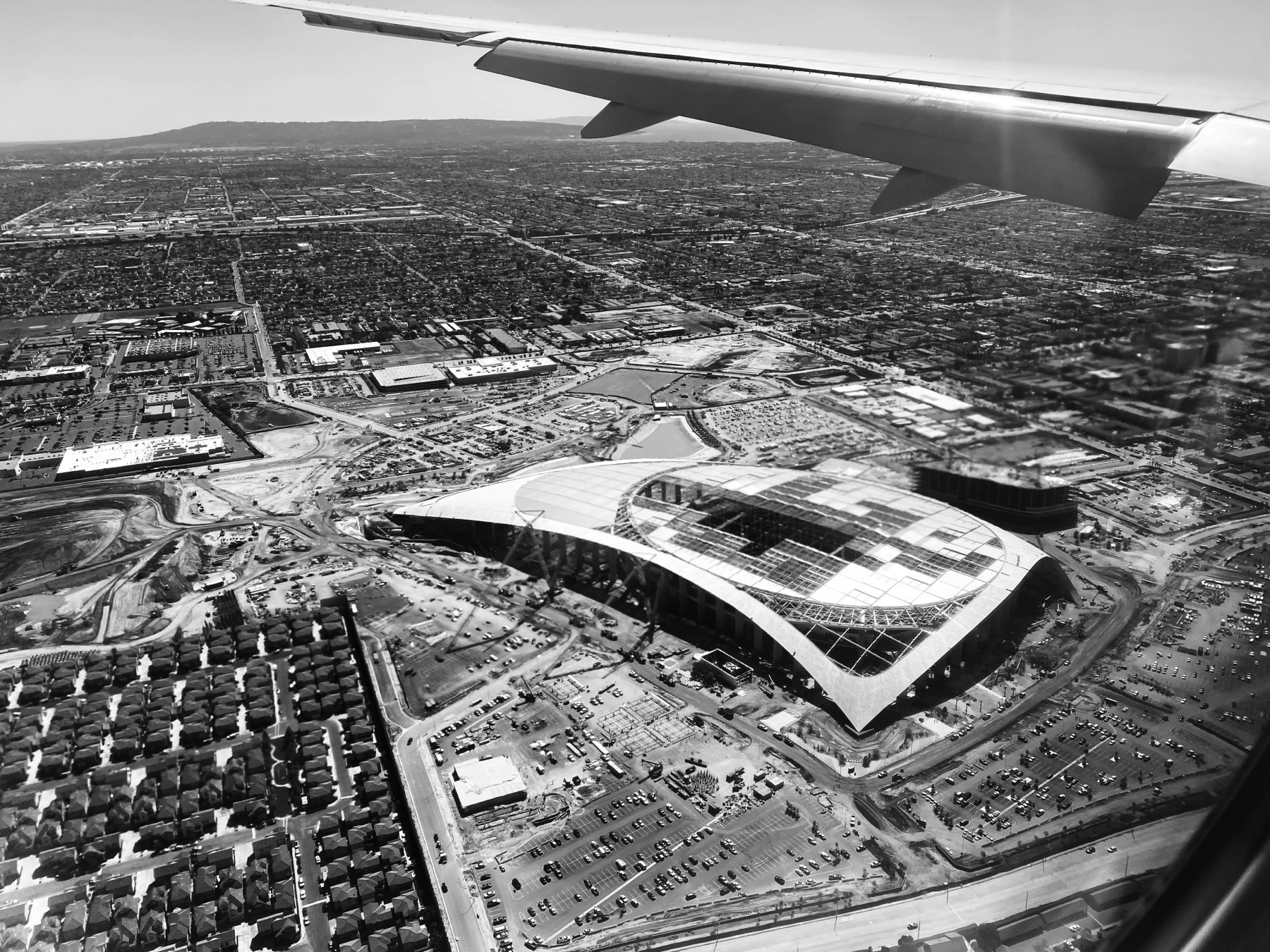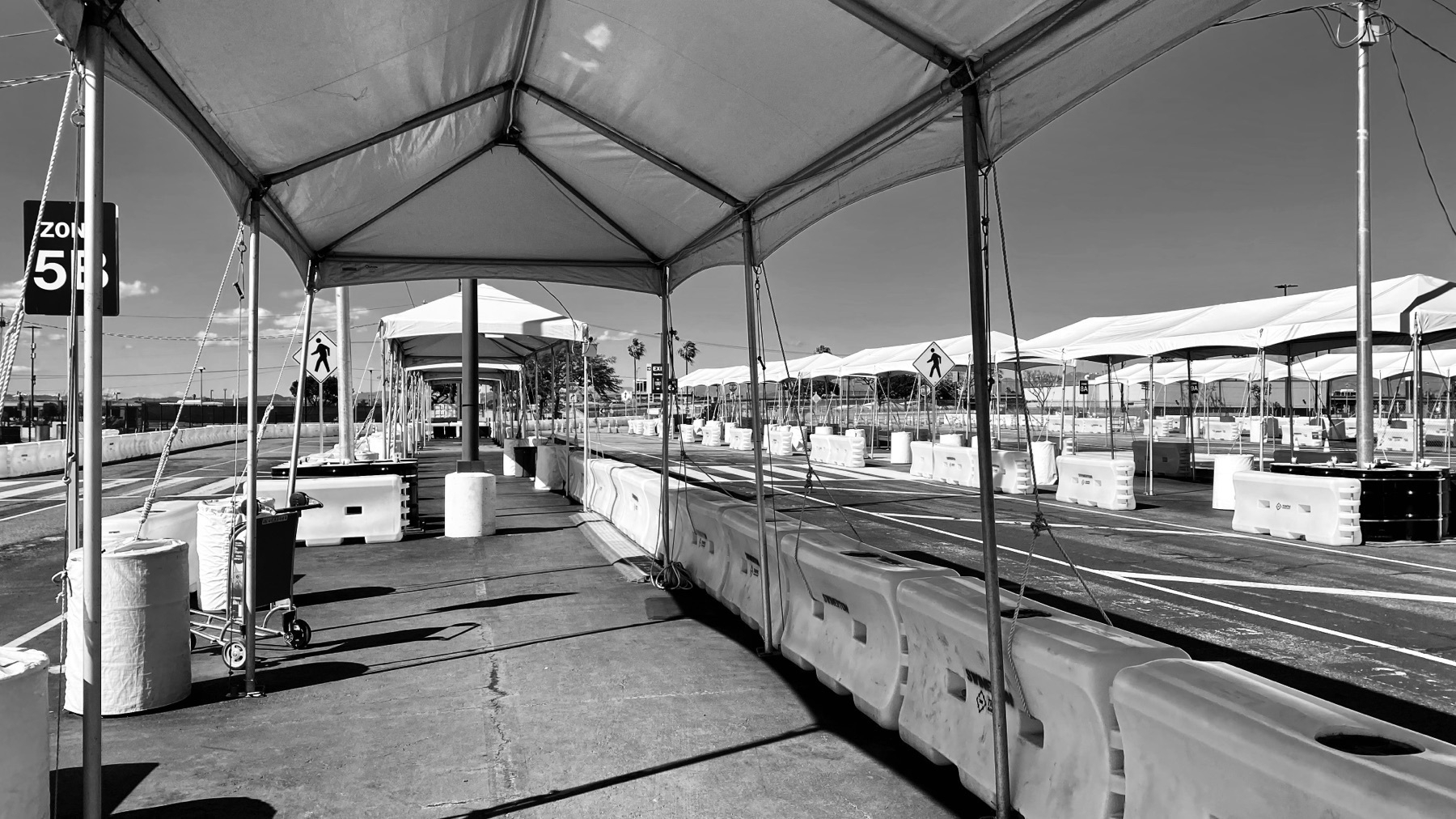New Zealand
On March 17, 2020 (NZT), I was optimistic:
I’m currently in Auckland, New Zealand. I’m scheduled to leave for Wellington this weekend, where I plan on being for at least a few weeks. I currently have a flight back to California set for May 21st.
I’m cautiously optimistic about my chances here. I think New Zealand has done a great job of keeping the virus at bay. It feels, though, that this virus will inevitably infect every part of the world.
On March 20 (NZT), I was all alone in a hostel when I made the call:
NZ has 39 cases as of today. The US State Department has advised all citizens to return back to the states. They’ve advised that citizens “may face unpredictable circumstances, travel restrictions, and challenges in returning home or accessing health care while abroad.”
I debated for a few hours on what I should do.
On one hand, I feel like my chances in NZ are greater than that in the US, and traveling right now would only increase my risk of contracting the virus (and potentially spreading it to others).
On the other hand, I am of little use to my family in the US if the airlines choose to stop flights and I’m stuck in a foreign country and depending on their health care system if I get sick. Additionally, if the airlines stop flights, I have no idea when I would be able to return to the states.
I’ve decided to come back home.
“Home” is a good question though. I don’t have a place of my own to stay. I’m going to travel with the assumption that I will get infected, and thus I do not want to stay with any family or friends. I’ll hopefully find a place to stay which will require minimal human interaction.
On March 27 (NZT), I came back to the States:
New Zealand started lockdown a couple nights ago. The lockdown here includes shutting down all non-essential businesses (including takeaway service from restaurants). Grocery stores are still open. The one I’ve been going to was relatively calm when I went on Tuesday to get a few things.
I’m scheduled to leave Auckland at 10:55 PM tonight, landing in LA at 3:00 PM (Friday). That gives me 44 hours of Friday, March 27th. My longest day.
I reserved an Airbnb in Long Beach to stay in for the next couple weeks. My plan is to self-isolate as much as possible in case I get infected on my trip back.
After that, who knows. I suppose I’ll start apartment hunting? I think it’ll be a while before we get through this, so I can’t imagine traveling internationally for a while.
A couple weeks later (April 9), I reflected on my trip back:
The journey was eerie. I only came across a handful of people while I took two buses and a train to get to the airport.
I thought I had read something about Air New Zealand reducing the number of passengers on flights in order to spread people out more. That certainly wasn’t the case with my flight; it was full as far as I could tell.
I took a Lyft from the airport to my Airbnb. Again, it was eerie to see everything so empty.
Driving on the freeway was a different story. I was shocked to see so many people still out and about.
